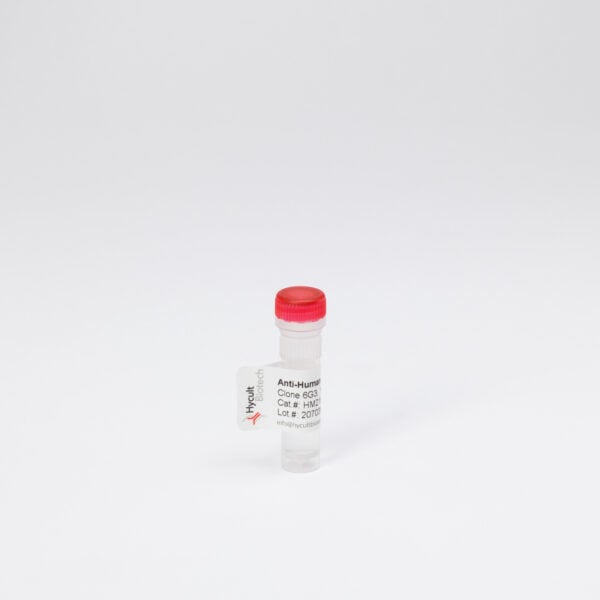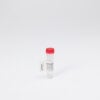C9 neoantigen, Human, mAb WU13-15
€133.00 – €1,245.00
The monoclonal antibody WU13-15 recognizes a neoepitope on the 61 kDa complement component
C9, integrated in the terminal complement complex (TCC). The complement system is an ancient
proinflammatory and microbial destruction system, that may be considered part of both the innate and
adaptive immune systems. It consists of the classical, alternative, and lectin-binding pathways. Each
pathway is triggered in a distinct manner, yet all deposit C3 fragments on a target and engage a
common terminal sequence called TCC or the “membrane attack complex” (MAC). In contrast to the
activation pathways, which require enzymatic cleavage for activation, the terminal pathway relies on
conformational changes induced by binding of the different subunits. TCC is composed of a complex of
four complement proteins (C5b, C6, C7, and C8) which bind to the outer surface of the target plasma
membrane, and many copies of a fifth protein (C9) that hookup to one another, forming a ring in the
membrane. The ring structure formed by C9 is a pore in the membrane that allows free diffusion of
molecules in and out of the cell. If enough pores form, the cell is no longer able to survive. The
membrane attack complex is initiated when the complement protein, C5 convertase, cleaves C5 into
C5a and C5b. Binding of C6 facilitates binding of C7 which alters the conformation of the complex. After
binding of C8, a variable number of C9 molecules associate with the C5b678 complex, together
constituting TCC. The formation of TCC causes lysis of cells or can trigger a variety of cellular metabolic
pathways resulting in the synthesis and release of inflammatory mediators. TCC contains neoantigens
that are absent in the individual native C9 proteins. Neoantigens are present both in the membranebound
(MAC) and the fluid phase (SC5b-9) complex. TCC is present in normal human plasma and
increases upon complement activation.
You may be interested in…
-
View product €825.00 – €1,359.00
-
View product €133.00 – €8,873.00
-
View product €133.00 – €456.00
-
TCC ELISA, human, kit
Cross reactivityCynomolgus monkey – Yes, Horse – No, Mouse – No, Pig – Yes, Rabbit – Yes, Rat – NoView product €756.00 – €1,223.00









